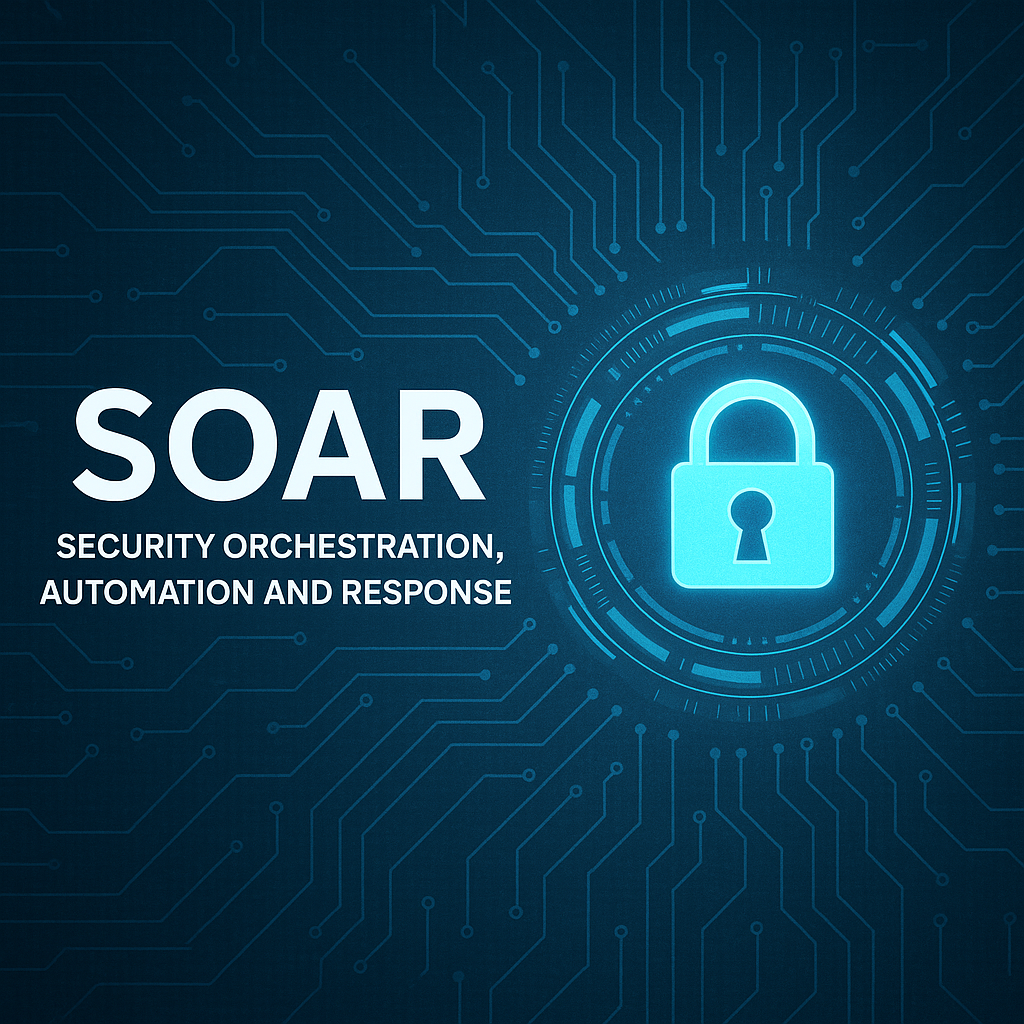Mastering Cybersecurity: Distinguishing and Integrating SOAR and SIEM
In today's digital age, cyber threats are emerging at an unprecedented rate, making robust cybersecurity tools indispensable for businesses and individuals alike. Tools like SIEM (Security Information and Event Management) and SOAR (Security Orchestration, Automation, and Response) are crucial in this battle, but what precisely are they, and how do they differ? This article demystifies these technologies, explains their relevance, and discusses their integration.
Understanding SIEM
SIEM technology aggregates and analyzes activity from various resources across your IT infrastructure. It collects data from servers, network devices, and applications, providing real-time analysis of security alerts generated by these resources. The primary purpose of SIEM is to offer visibility into a broad array of activities, identify deviations from the norm, and facilitate detection of potential or real security incidents (Exabeam).
Exploring SOAR
On the other hand, SOAR focuses on streamlining security operations in three key areas: threat and vulnerability management, incident response, and security operations automation. SOAR tools automate tasks related to managing security alerts, enhancing the efficiency of security teams. Essentially, SOAR takes the outputs of monitoring tools, like SIEM, and uses them to automate the speedy response to cyber threats, reducing the workload on security analysts and accelerating response times to incidents.
Key Differences
Gleaning from a synthesis of sources (Palo Alto Networks, Swimlane), the primary difference between SIEM and SOAR lies in their core functionalities. SIEM is fundamentally about data collection and analysis, while SOAR is about using that data to automate and respond to security events. However, the line between them is increasingly blurring as integration between SIEM and SOAR solutions becomes more common, aiming to provide a more cohesive security posture.
Real-World Application and Integration
The integration of SIEM and SOAR can significantly enhance an organization's security framework. For example, an alert about a potential security breach detected by SIEM can be automatically managed through SOAR tools, which can isolate affected systems and initiate other defensive actions without human intervention. This symbiosis not only reduces the time to respond to attacks but also the potential impact of breaches.
Steps for Effective Implementation
Organizations looking to implement SIEM and SOAR should follow structured guidance to ensure successful deployment. The Cybersecurity & Infrastructure Security Agency (CISA) offers resources and guidance specifically designed for organizations embarking on this path (CISA).
Final Thoughts
In conclusion, while SIEM provides the critical visibility needed to monitor security events and SOAR offers the tools to respond to these events efficiently, the real power lies in their integration. Understanding these technologies and deploying them effectively is key to not only reacting to threats but preemptively managing potential security incidents.
The dynamic world of cybersecurity requires adaptive, integrated solutions like SIEM and SOAR. By maximizing the capabilities of both, organizations can markedly improve their security operations and resilience against cyber threats.
